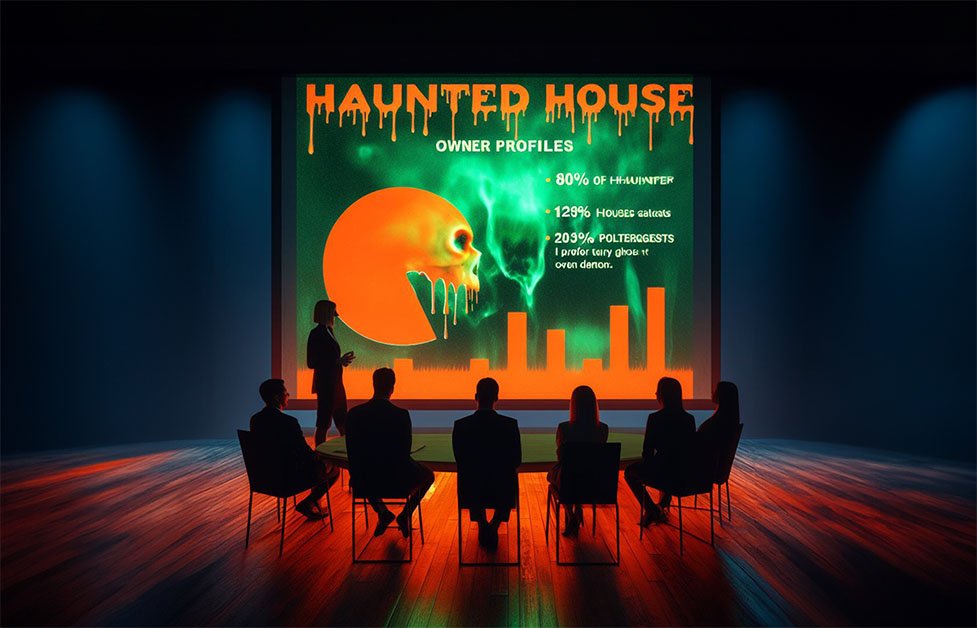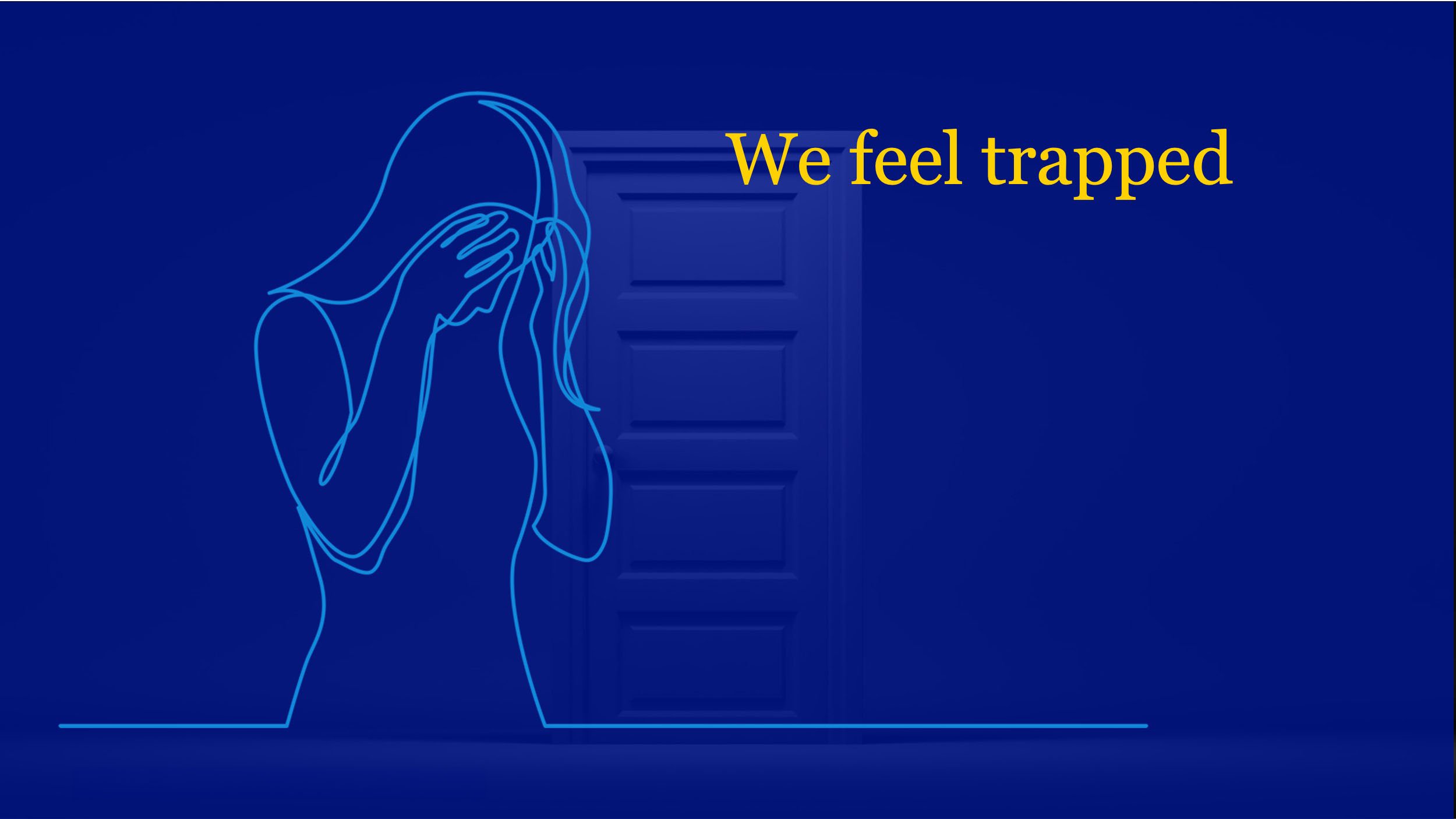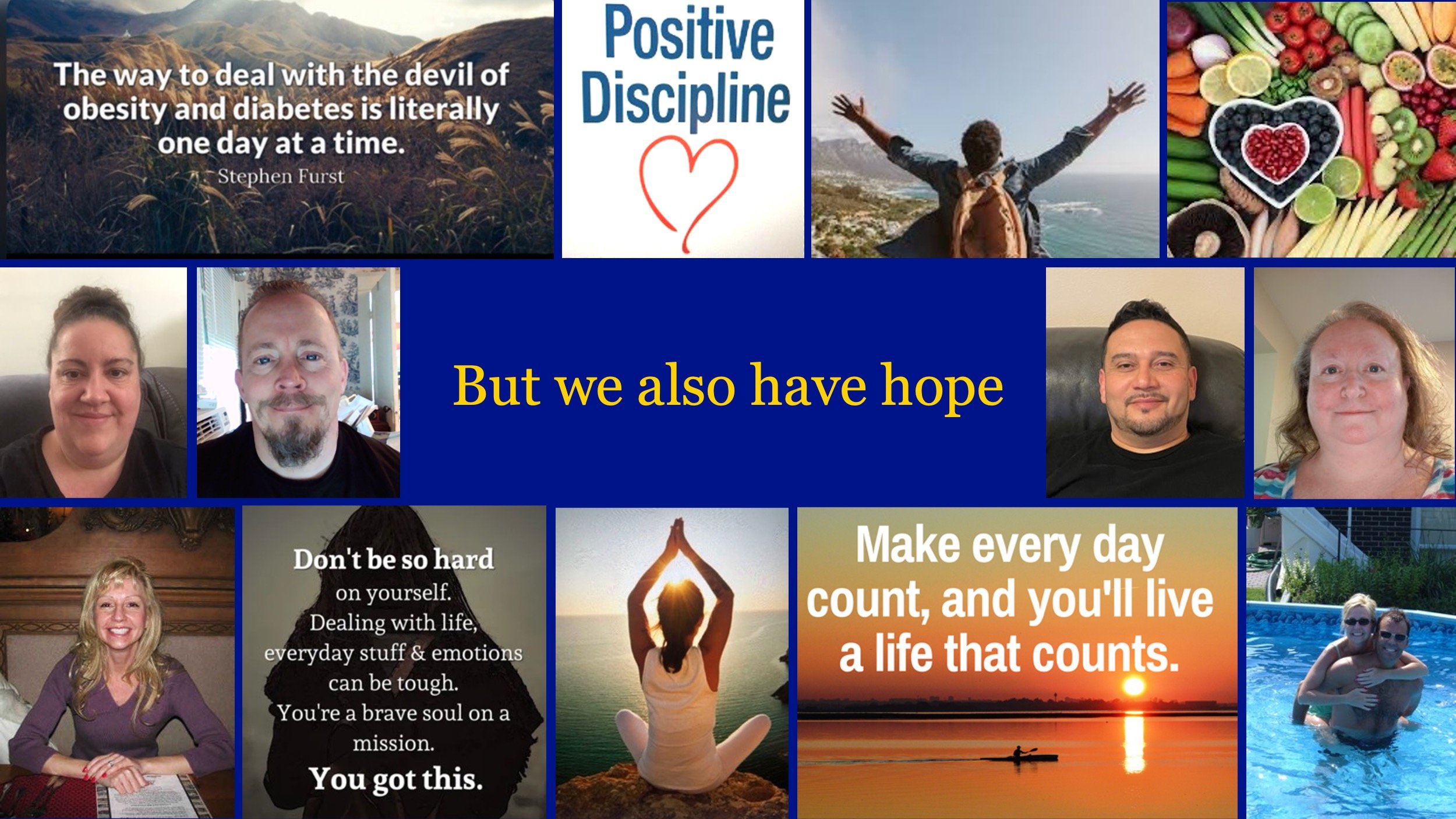Don’t Be Scared of Suspense in Your Story: Eight tricks (and treats) to take your story from spooky to spectacular!
Halloween is upon us. Yes, it is once again that time when imaginations turn toward the frightful and spooky. Although I embrace the ghoulish spirit of the holiday, I don’t particularly enjoy being scared. I avoid, in equal measure, both the gory slasher shows and the movies featuring demonic possession of inanimate (or animate) objects. I say no to Chucky, Annabelle and don’t get me started on that creepy thing coming out of the well from the movie, The Ring. In reflecting on the season, I realized there are few things scarier than a looming presentation deadline and the blood curdling fear of a disengaged, uninspired audience. It’s truly terrifying.
Never fear! Clients often tell us our signature difference is our ability to tell a compelling business story. At Ignite 360, we place a priority on synthesizing insights into the big ideas that transform business, and we continue to invest in new ways to transmit empathy through story. I’m here to exorcise those presentation demons and help you harness suspense in your story crafting arsenal. Driving suspense in stories is an oft-used tactic to keep audiences and readers enthralled and hanging on your every slide. I’m here to treat you with some tips on ways to use suspense to ensure your next presentation lands.
Suspense is defined as mental uncertainty.
Suspense can look and feel like anxiety, being undecided or doubtful. Suspense also generates excitement and anticipation in your audience.
A 2021 Forbes’s article recommends the use of tension in storytelling for business in the following ways:
1) Share a tricky situation or dilemma and the choices faced.
By sharing a difficulty for yourself or the business and then highlighting the different paths or options available (along with pros and cons) it can transport the audience or reader into the real-life situation as if they were a character in the journey.
2) Offering up hope.
Hope is the hook. While a given situation may be challenging, what are the signs of life, the optimistic signals, that allow the audience to feel a satisfactory resolution is within reach? Introducing hope as an antidote to bad news or dire circumstances provides a point of tension that raises the level of suspense. We did this recently in a story for a Pharma client as we brought to life a patient segment. Despite the healthcare challenges faced, many still had a strong sense of hope.
3) Hold back some of your data …. don’t give away all your secrets.
Stephen King was quoted as saying, “Good books don’t give up all their secrets at once” and neither should you in your presentations. As humans, we are hardwired to uncover mysteries and seek the truth. We want to win and get things right. As the Forbes article points out, you can capitalize on curiosity by feeding the audience answers little by little. This keeps them engaged and keeps them guessing.
Alice LaPlante, a successful author of psychological thrillers, wrote about the foundational nature of suspense in stories in Wordsmithie. She urges writers to always keep the audience wondering what will happen next. Below are some more practical examples on ways to do this. Some of these were adapted from a Masterclass article on tips to amplify suspense in your writing.
4) Start the clock
A ticking clock is always suspenseful. How? Provide a specific time frame in which a problem needs to be solved and share the real consequences involved if this problem is not taken care of.
5) Shift your point of view
What about telling the story from your customers’ point of view? How do they perceive a recent brand or product change? What elements in the marketplace are prompting them to behave or purchase differently?
We played with this perspective-taking in a story for a pet product manufacturer where the voices of both owners and their cats worked together to convey the key insights and opportunities.
6) End chapters with a cliffhanger
As your story unfolds, share your data and learning in smaller sections and end each section with a provocative question or unanswered aspect related to the topic at hand. Tee up the idea that the next sections of the story will work toward resolving these questions as the facts unfold.
7) Show the end at the beginning and then retrace your steps.
Reveal a current state that may be less than desirable or showcase some big change to the status quo. Channel your inner Benoit Blanc and use this as a starting point to explain the way in which things evolved to lead to this situation. This is a common technique in murder mysteries where a character is murdered at the outset and the brilliant detective pieces it all together with a soliloquy at the end where all will be revealed.
8) Beyond the content itself, consider your use of language, pacing, and punctuation to create more suspense.
Keep people engaged and allow them to catch their breath. The way in which your story flows, the number of, and type of, words you use can create a sense of slowing down as well as speeding up. It can create a sense of urgency. Include a narrative rich slide and follow with a tight take-away and one key data point. Shift from hard-hitting and fast-paced facts to a more descriptive summary.
There you have it. Eight spook-tacular tricks to turn your next story into a suspenseful thriller. Don’t be afraid to employ a carefully constructed cliffhanger or the beat-by-beat pattern of solving a ‘who done it’ to keep it fresh. Remember, plot twists and mysterious happenings are not the exclusive domain of Hollywood. They are also good for business.
We are here to help. Need more examples and fresh ideas? Want a story partner as tenacious and goal driven as Halloween’s Michael Myers? Look no further. Email me at lisa@ignite-360.com.
Ready to dig deeper into the dark woods of engagement? Read on to unearth these timeless storytelling secrets...
Learn How to Speak Up: The Power of Spoken Stories in Business [Podcast]
Keeping Your Head: 1 Sure-Fire Way to Improve Your Storytelling at Work
What’s More Powerful Than Thor’s Hammer? These 5 Storytelling Tools [5 minute read]






